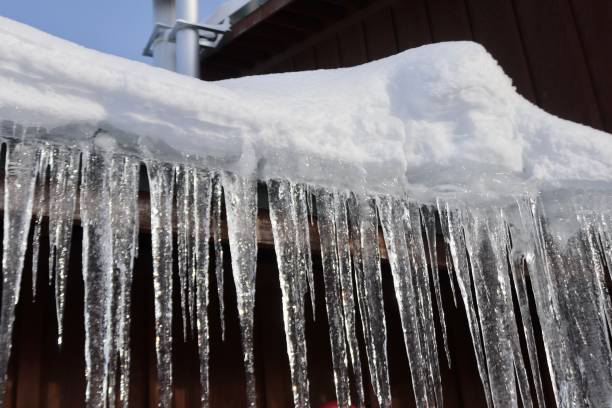Advice for Preventing Frozen Pipes in Cold Weather: Professional Tips
Advice for Preventing Frozen Pipes in Cold Weather: Professional Tips
Blog Article
Presented here down the page you can locate a bunch of sound expertise related to Prevent Frozen Pipes .

Cold weather can damage your plumbing, particularly by freezing pipes. Below's just how to prevent it from happening and what to do if it does.
Intro
As temperature levels decrease, the risk of icy pipes rises, potentially causing costly repair work and water damages. Comprehending how to avoid icy pipelines is essential for home owners in cold climates.
Prevention Tips
Protecting prone pipelines
Wrap pipelines in insulation sleeves or make use of heat tape to protect them from freezing temperatures. Focus on pipelines in unheated or external locations of the home.
Heating strategies
Maintain indoor areas effectively warmed, particularly areas with pipes. Open cabinet doors to enable cozy air to circulate around pipelines under sinks.
Just how to determine icy pipelines
Seek decreased water flow from faucets, unusual smells or sounds from pipelines, and noticeable frost on revealed pipelines.
Long-Term Solutions
Architectural changes
Take into consideration rerouting pipelines away from exterior walls or unheated locations. Include additional insulation to attics, cellars, and crawl spaces.
Upgrading insulation
Invest in top quality insulation for pipes, attic rooms, and wall surfaces. Proper insulation helps keep constant temperature levels and decreases the risk of icy pipes.
Shielding Outside Pipes
Garden hoses and outside faucets
Detach and drain pipes garden pipes before wintertime. Install frost-proof spigots or cover exterior faucets with protected caps.
Comprehending Icy Pipes
What causes pipelines to freeze?
Pipes freeze when subjected to temperature levels listed below 32 ° F (0 ° C) for extended periods. As water inside the pipes freezes, it broadens, putting pressure on the pipeline wall surfaces and potentially causing them to burst.
Risks and problems
Frozen pipes can lead to water disturbances, home damage, and pricey repairs. Ruptured pipes can flooding homes and create considerable architectural damage.
Signs of Frozen Pipes
Identifying icy pipes early can prevent them from breaking.
What to Do If Your Pipes Freeze
Immediate actions to take
If you believe icy pipes, maintain faucets open to soothe pressure as the ice thaws. Use a hairdryer or towels taken in hot water to thaw pipelines slowly.
Verdict
Avoiding icy pipes calls for proactive steps and fast reactions. By recognizing the causes, indications, and safety nets, homeowners can secure their pipes during cold weather.
5 Ways to Prevent Frozen Pipes
Drain Outdoor Faucets and Disconnect Hoses
First, close the shut-off valve that controls the flow of water in the pipe to your outdoor faucet. Then, head outside to disconnect and drain your hose and open the outdoor faucet to allow the water to completely drain out of the line. Turn off the faucet when done. Finally, head back to the shut-off valve and drain the remaining water inside the pipe into a bucket or container. Additionally, if you have a home irrigation system, you should consider hiring an expert to clear the system of water each year.
Insulate Pipes
One of the best and most cost-effective methods for preventing frozen water pipes is to wrap your pipes with insulation. This is especially important for areas in your home that aren’t exposed to heat, such as an attic. We suggest using foam sleeves, which can typically be found at your local hardware store.
Keep Heat Running at 65
Your pipes are located inside your walls, and the temperature there is much colder than the rest of the house. To prevent your pipes from freezing, The Insurance Information Institute suggests that you keep your home heated to at least 65 degrees, even when traveling. You may want to invest in smart devices that can keep an eye on the temperature in your home while you’re away.
Leave Water Dripping
Moving water — even a small trickle — can prevent ice from forming inside your pipes. When freezing temps are imminent, start a drip of water from all faucets that serve exposed pipes. Leaving a few faucets running will also help relieve pressure inside the pipes and help prevent a rupture if the water inside freezes.
Open Cupboard Doors
Warm your kitchen and bathroom pipes by opening cupboards and vanities. You should also leave your interior doors ajar to help warm air circulate evenly throughout your home.

I am just very occupied with How To Avoid Freezing Pipes and I hope you enjoyed reading the piece. Sharing is good. You just don't know, you might be doing someone a favor. I enjoy reading our article about How to prepare your home plumbing for winter weather.
Book Instantly Report this page